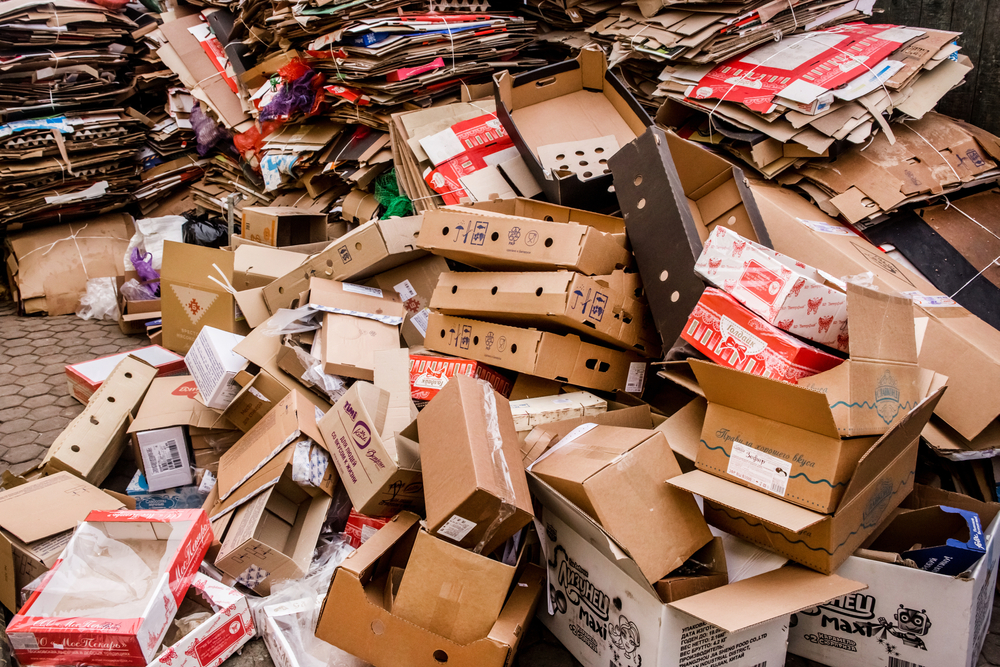Despite that we’re in the early stages of 2020, it’s already been a momentous year for the shipping industry’s commitment to cleaning up its act. On Jan. 1, the International Maritime Organization (IMO) ordered the world’s shipping fleet, which accounts for 3 percent of global greenhouse gas emissions, to significantly cut the amount of sulfur pollution it emits when sailing in coastal waters.
It’s part of a bigger industry goal to cut global emissions by 50 percent in the next 30 years. In order to meet their 2050 goals, shipping companies are looking beyond traditional fuel sources toward alternative fuel technologies such as battery power, hydrogen, ammonia fuel cells and, in one case, a blend of lignin and ethanol called LEO.
This fuel is the main focus of a major project being spearheaded by Maersk, the shipping giant. Lignin is a naturally occurring polymer that gives plants their rigidity. It’s also a byproduct of paper production: Roughly 60 million metric tonnes are produced globally every year. By creating a fine-tuned blend between the waste product lignin and ethanol, the LEO fuel can be used as a “drop-in heavy biofuel” that can be produced for the shipping industry at scale.
LEO is an example of a short-cycle carbon fuel source. That means that unlike fossil fuels, the carbon that goes into the lignin and ethanol used in LEO will come out of the atmosphere in the same year that the fuel is burned. Therefore, depending on how companies do their carbon accounting, LEO either will be considered a net-zero or a low-carbon fuel source.
On paper, LEO is a welcome alternative from the global shipping industry’s long-term fuel of choice. For more than 50 years, shippers have relied on bottom-of-the-barrel sludge — the dregs that remain after lighter fuels such as diesel and petrol are refined away — to power cargo vessels. The viscous, black gloop packs a punch, and it’s dense with sulfur, particulates and other residues. If LEO turns out to be effective, it will most certainly be a better alternative until greener ways of powering cargo ships are uncovered.











